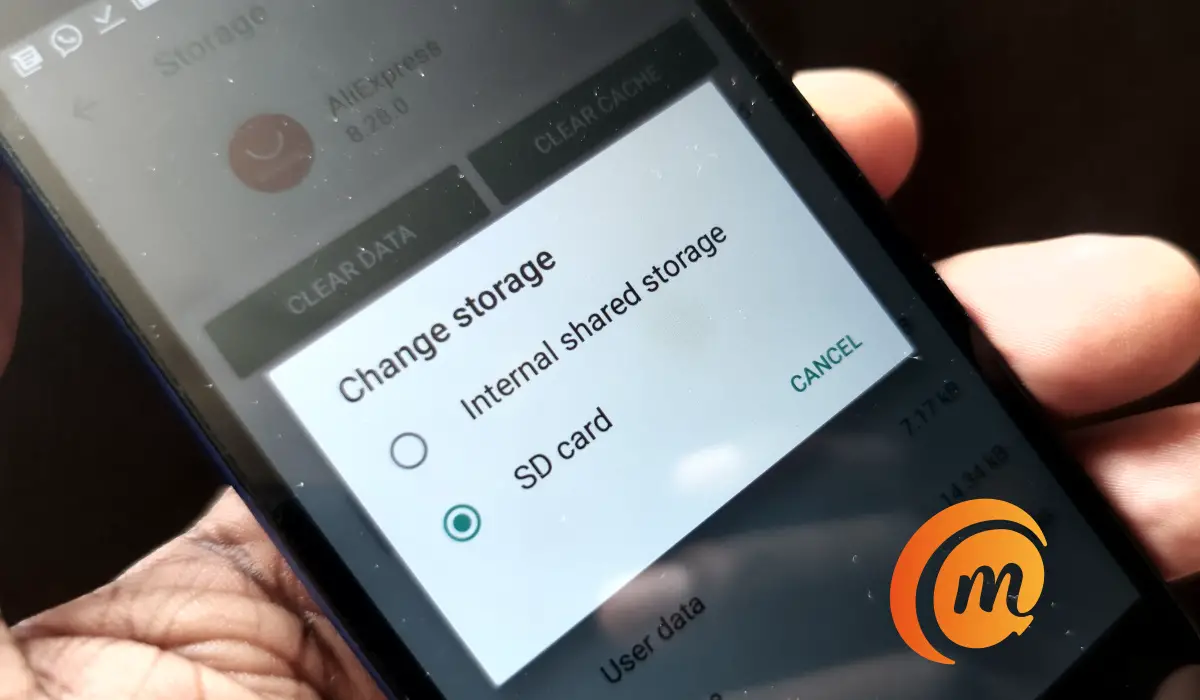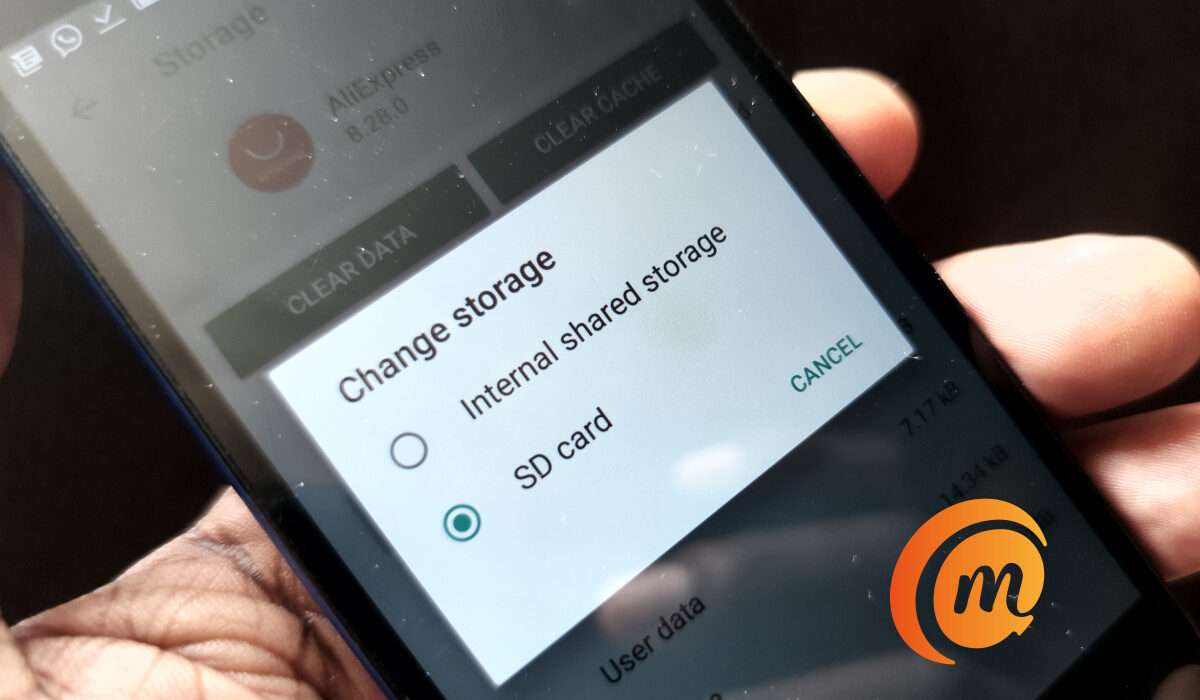Many different types of internal storage for cell phones have been implemented over decades. eMMC (Embedded Multi-Media Card) and UFS (Universal Flash Storage) are two types of phone storage that have become the standard for internal storage due to their speed, efficiency, and reliability. These two types of cell phone storage are similar in some ways, and also different in some ways.
Ther main common ground between the two is that they both utilize NAND flash memory but differ in their architecture and performance. A quick takeaway is that UFS is significantly faster and more efficient than eMMC, and so is preferred in high-end, high-performance devices. That is enough information for most phone users who are not technically inclined. If you are interested in more details. I try my best to present them below in as simple terms as possible.

Table of Contents
NAND Flash Memory
NAND Flash Memory is the underlying technology used in both eMMC and UFS. It is a type of non-volatile memory that stores data in cells. Being non-volatile means that it can store data when power is cut off. NAND was developed in 1987 and has been in use as the most predominant type of mobile phone storage.
eMMC (Embedded Multi-Media Card)
Developed in the late 1990s and built on NAND, eMMC (Embedded Multi-Media Card) arrived relatively early as the default storage type for cell phones, including early smartphones. While it was groundbreaking for its time, the needs and demands of modern smartphones meant that newer, faster storage was needed.
UFS (Universal Flash Storage)
And it is precisely because a faster form of cell phone storage was needed that UFS (Universal Flash Storage) was developed. While also built on NAND, it has a more advanced architecture with a parallel interface, allowing for higher data transfer rates. As such, UFS is significantly faster than eMMC and so is now used in high-end smartphones and devices that require high performance, such as gaming consoles.
UFS vs eMMC
What are the key differences between UFS and eMMC? UFS is significantly faster than eMMC. It is also more efficient. That makes UFS a more advanced phone storage type than eMMC.
In terms of cost, however, eMMC is generally cheaper than UFS. As such, it is commonly used in entry-level, budget, and mid-range smartphones. If you have ever wondered why your cheap smartphone is slower at saving files, eMMC is one of the reasons. It isn’t only because of the processor.
The difference in cost means that UFS has not completely replaced eMMC in modern smartphones. Rather, it has replaced eMMC in higher end smartphones where high performance and more fluid performance is required. Eventually, at some point, eMMC will likely be thrown out and not be used in mobile phones anymore, as the cost drops, thanks to economies of scale.
UFS 4.0 vs UFS 3.1 vs UFS 2.2
Different versions of UFS have been developed over the years. Some of the most recent versions include UFS 2.0, UFS 2.1, UFS 2.2, UFS 3.1, and UFS 4.0. As a rule, the more recent the version, the faster and better the performance or the more efficiency it delivers. Some improvements across versions include power management and security.
UFS 4.0 offers read speeds of 4200MBps and write speeds of 2800MBps and is optimized for power efficiency. This means that UFS 4.0 is better than UFS 3.1, which is better than UFS 2.2, and so on and so forth. When picking a smartphone, pick one with the latest possible version of UFS.
UFS vs NVMe
NVMe (Non-Volatile Memory Express) is a cell phone storage type that Apple uses in its products, including iPhones and iPads. This is in contrast to Android smartphones which use eMMC and UFS storage. NVME is generally more expensive than UFS. It also consumes more power and generates more heat than UFS.
Older types of cell phone storage
Aside from eMMC and UFS, here are a few other, less common, types of cell phone storage:
- SD Cards (Secure Digital Cards): These are removable storage options that can be inserted into a phone’s SD card slot. They’re often used to expand storage capacity for photos, videos, and other files. Types of secure digital cards include SD, SDHC, SDXC, and SDUC, with varying speeds, security, and reliability.
- PCIe (Peripheral Component Interconnect Express): While less common in smartphones, PCIe is a high-speed interface used for connecting components like storage devices. Some high-end smartphones might use PCIe-based storage for faster performance.
- Cloud Storage: This is a remote storage solution where data is stored on servers accessible via the internet. Services like OneDrive, Google Drive, iCloud, and Dropbox offer cloud storage options for smartphones.
Key takeaways
eMMC and UFS are two types of modern cell phone storage. UFS is newer, more efficient, faster, and more expensive. As such, UFS is used in more premium and high-performance smartphones and devices. The slower, less efficient eMMC is used in lower cost devices. Wherever you can, all other things being equal, pick a device that uses UFS phone storage over one that uses eMMC. And pick the latest version possible.
